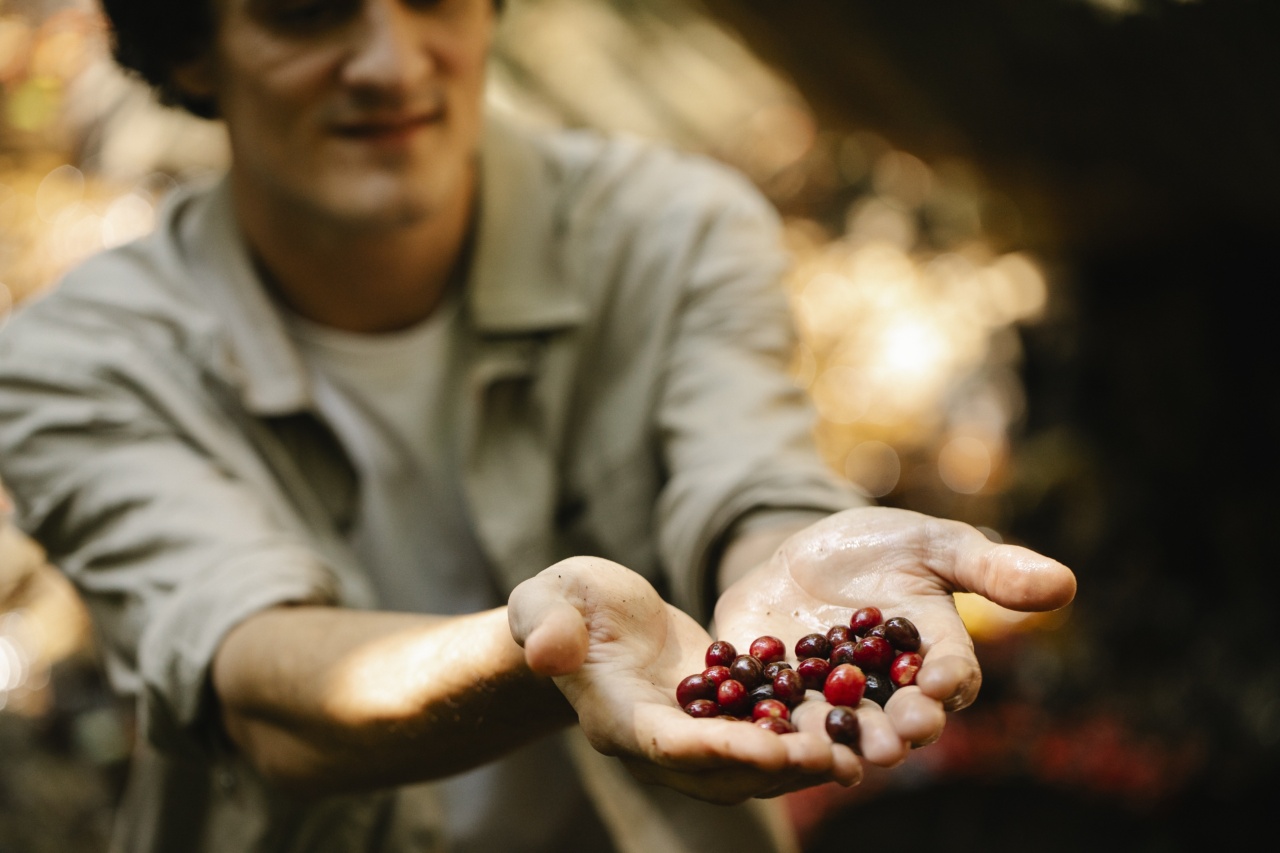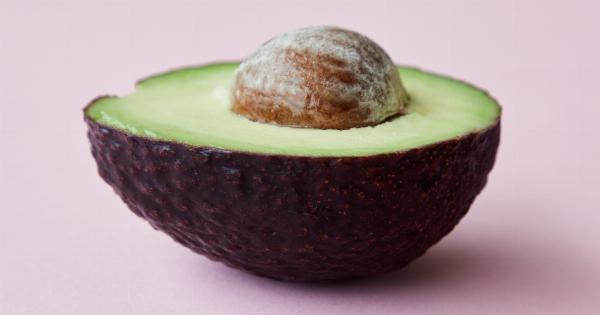When it comes to incorporating more fruits and vegetables into your diet, it’s not just about the quantity but also the quality.
Many people tend to peel off the outer skin or peel of their produce, missing out on a significant amount of essential nutrients that are concentrated in these parts. The colorful and vibrant peels of certain fruits and vegetables pack a punch in terms of nutrition, from vitamins and minerals to fiber and antioxidants.
In this article, we will highlight 14 varieties of peel-on produce that can help you maximize the nutritional value of your meals.
1. Apples
Apples, known for their crisp texture and sweet flavor, are also a fantastic source of fiber and vitamin C. Most of their nutrients are concentrated in the skin, which also contains antioxidants that help protect against oxidative stress.
2. Oranges
Oranges are famous for their high vitamin C content, but did you know that the peel has health benefits too? The peel of an orange contains more fiber than the fruit itself, as well as phytochemicals that may have anti-inflammatory properties.
3. Potatoes
While peeling potatoes is a common practice, it’s worth considering leaving the skin on. Potato skins are rich in potassium, vitamin C, and fiber.
They also contain antioxidants that aid in immune function and may protect against certain types of cancer.
4. Carrots
Carrots are known for their beta-carotene content, which converts to vitamin A in the body. By leaving the peel on, you can retain more of this beneficial nutrient. The peel also adds a slight crunch and extra texture to your dishes.
5. Cucumbers
Cucumbers are not only refreshing but also a great source of hydration. The skin of a cucumber contains fiber, vitamin K, and various antioxidants. Enjoy slices with the peel intact in salads or as a healthy snack.
6. Kiwis
Don’t let the fuzzy exterior fool you – the peel of a kiwi is entirely edible and provides additional nutritional benefits. The skin contains more fiber than the flesh and offers a unique texture when eaten.
Plus, it enhances the overall flavor of this delicious fruit.
7. Berries
When it comes to berries like blueberries, raspberries, and strawberries, keeping the peel intact is a wise choice. The skin of these tiny fruits is filled with fiber and antioxidants, contributing to their vibrant color and overall nutritional value.
8. Eggplants
Eggplants have a rich, meaty flavor and offer numerous health benefits. The deep purple skin of eggplants contains potent antioxidants, such as nasunin, which may help protect brain cells from damage and reduce the risk of chronic diseases.
9. Pears
Similar to apples, the peel of pears contains a significant portion of their nutrients, including fiber, vitamin C, and potassium. By keeping the skin on your pears, you can increase their overall nutritional value and enjoy added crunchiness.
10. Grapes
Grapes are not just juicy and delicious; their skins are abundant in nutrients too. The skins of grapes contain resveratrol, an antioxidant that has been linked to various health benefits, including heart health and potential anti-cancer properties.
11. Tomatoes
Tomatoes are versatile and can be included in various dishes. Whether you’re using them in salads, sauces, or sandwiches, leaving the skin on can increase their dietary fiber and antioxidant content.
The skin also adds a vibrant touch to your meals.
12. Plums
Plums, with their sweet and juicy flesh, are a delightful summer fruit. By enjoying plums with their skins intact, you can enhance their fiber content and take advantage of the antioxidants found in their vibrant skin.
13. Zucchini
Zucchini is a versatile vegetable that can be roasted, sautéed, or spiralized into noodles. By keeping the peel on, you maximize the fiber content of zucchini and add a pop of color to your dishes.
The skin is also a great source of potassium and vitamin C.
14. Peaches
Lastly, peaches are a delicious and nutritious fruit that can be enjoyed in many ways, from smoothies to cobblers. The skin of peaches provides additional fiber and antioxidants. Simply wash them thoroughly before eating to savor the full benefits.
Incorporating Peel-On Produce into Your Meals
Now that you know the health benefits of these 14 peel-on produce picks, it’s time to incorporate them into your meals. Here are a few tips:.
1. Wash Thoroughly
Prior to eating or cooking, make sure to wash the peel-on produce thoroughly with water to remove any dirt or pesticide residues. A gentle scrub or soak can help ensure cleanliness.
2. Try Different Recipes
Experiment with different recipes to find creative ways to include peel-on produce. Add apples and oranges to salads, grill zucchini with the peel on, or whip up a nutritious smoothie using kiwi with the skin intact.
3. Opt for Organic
If possible, choose organic peel-on produce to minimize exposure to harmful pesticides. Organic options can provide peace of mind and ensure that you’re consuming the most nutritious produce possible.
4. Keep Storage in Mind
Since the skin of peel-on produce is more delicate than other parts, it might be more prone to spoilage. Consume them while they are fresh, or consider storing them properly in the refrigerator to maintain their quality.
Conclusion
Don’t miss out on the incredible nutritional benefits that peel-on produce offers. Incorporate these 14 picks into your diet to boost your intake of vitamins, minerals, fiber, and antioxidants.
Enjoy the added flavors, textures, and colors that these peels bring to your meals, and prioritize a healthier lifestyle through simple dietary changes.





























